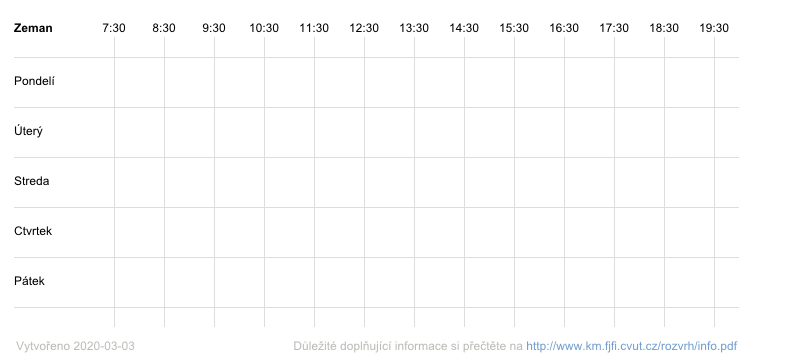Ing. Radovan Zeman (doktorand)
| školitel: | Ing. Zdeněk Převorovský, CSc. |
| zahájení studia: | 01.10.2021 |
| forma studia: | prezenční |
| státní zkouška: | 13.12.2024 |
| téma disertační práce: | Nonlinearity Imaging by Ultrasonic Testing |
| popis: | The aim of this topic is to study wave propagation in nonlinear elastic media utilizing state-of-the-art ultrasonic methods with the particular interest in acousto-elasticity and transient effects of material state. The main novelty of the research will lie in solving localization issues via inverse problem solution and statistical machine learning algorithms.
The nonlinear elastic response can be described by various models. The so-called classical nonlinearity is described by a polynomial expansion of Hooke’s law [1]. It is usually explained by the asymmetry of interatomic potential and one of its measurable outcomes in macro-scale is acousto-elasticity i.e., dependence of wave velocity on the level of applied stress in the material [2]. The non-classical nonlinearity involves multitude of models ranging from contact nonlinearity [3] to hysteresis [4]. The hysteretic response is of particular interest since it is associated with complex stick-slip mechanisms and also transient changes of material properties [5]. The elastic hysteresis is found in granular materials and also in materials with damage.
The properties nonlinear elastic medium can be assessed by ultrasonic testing. There are numerous methods of experimental investigation of nonlinear effects, some are based on spectroscopy [6,7], others on nonlinear scaling [8] or precise velocity measurements [9]. These methods offer a superior sensitivity to material damage and structural state when compared to the conventional linear ultrasonic testing methods. However; the information they bring is either local i.e., confined to the measurement location [10], or bulk i.e., assessing a larger part of the tested sample [11]. The development of nonlinear ultrasonic methods enabling nonlinearity imaging without scanning i.e., with a limited number of stationary transducers, is still an open problem.
Even though the experimental organization and signal processing is challenging by itself, the main problem lies in data post-processing. Converting information measured locally into an image is an inverse problem, which can be solved with the help of appropriate wave propagation modelling, time reversal processing, nonlinear model fitting and prospectively with machine learning. |
| další informace: | školitel specialista Ing. Jan Kober, Ph.D., ÚT AV ČR |

za obsah této stránky zodpovídá:
Radek Fučík | naposledy změněno: 15.8.2011
